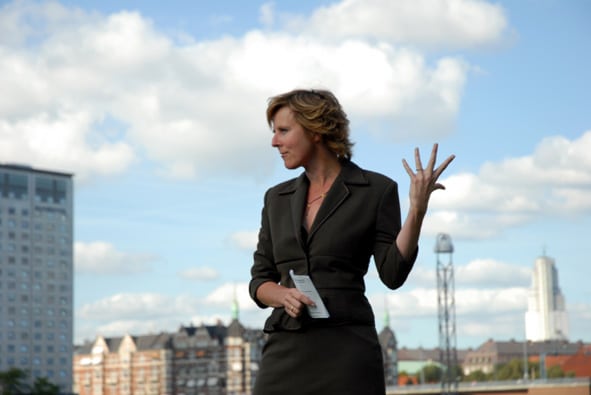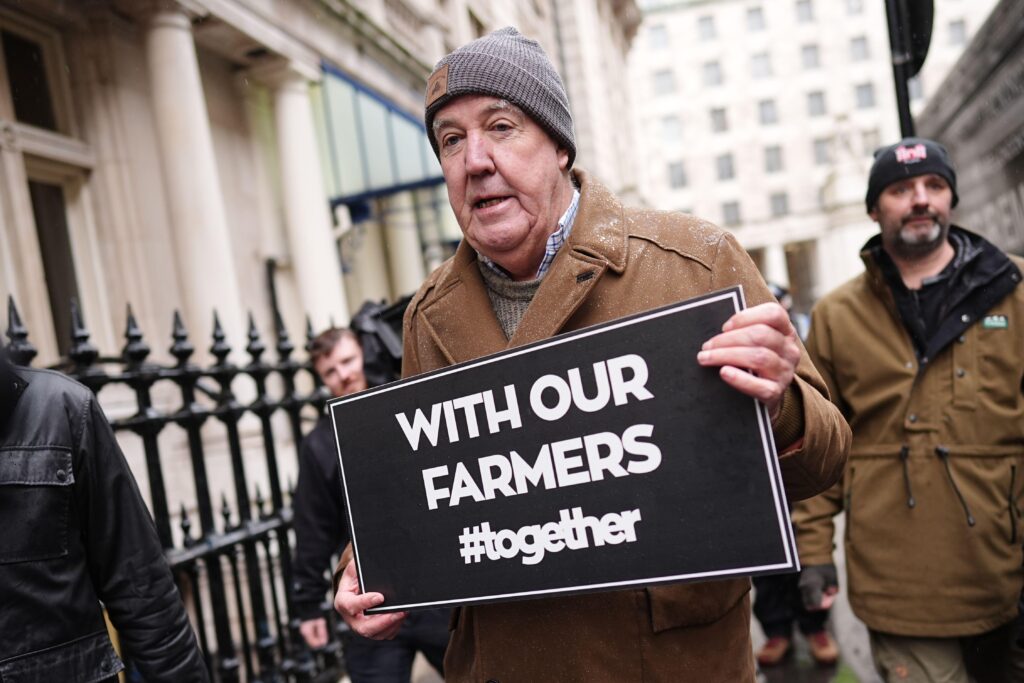The European Union has reached a new legally-binding climate change agreement that would see greenhouse gas emissions drop by at least 40 per cent of 1990 levels by 2030.
The agreement, signed off in Brussels two weeks ago by the EU’s 28 member nations, is designed to ensure Europe meets its objective of cutting emissions by at least 80 per cent by mid-century.
It also puts Europe in the lead position to help persuade other nations trailing far behind the EU’s emissions-reduction goals to reach a long-sought global climate change accord next year in Paris.
The 2030 climate and energy plan also calls for the share of renewable energy to increase to 27 per cent of 1990 levels while seeing a 27 per cent increase in energy efficiency.
In an official statement, European Commission President José Manuel Barroso said the 2030 package is very good news for the fight against climate change.
“No player in the world is as ambitious as the European Union when it comes to cutting greenhouse gas emissions,” Barroso said.
“Indeed, the proof that it is ambitious is that we are now going from a goal of 20 per cent cut by 2020 compared to 1990 to 40 per cent by 2030, so, doubling the effort.”
Connie Hedegaard, Commissioner for Climate Action, said she was pleased the 28 EU leaders, despite economic uncertainty and other severe international crises, agreed to the package.
“The EU leaders’ decision … is an ambitious and important step forward,” Hedegaard said.
“Important not only to Europe and the Europeans, but also to the rest of the world. We have sent a strong signal to other big economies and all other countries: we have done our homework, now we urge you to follow Europe’s example.”
Bold climate leadership
A DeSmogBlog posting recently noted that Europe is already a world leader in emissions reductions. By way of comparison, under the Copenhagen Accord, Canada, the U.S. and other nations only committed to reducing domestic greenhouse gas emissions by 17 per cent from 2005 levels by 2020.
Global greenhouse gas emissions grew astronomically between 1990, the year Europe’s climate targets are based on, and 2005, the year the Copenhagen’s Accord’s targets are based on — making the European targets far more meaningful than those of Canada and the U.S.
The new agreement will drive continued progress towards a low-carbon economy, according to the official statement.
“It aims to build a competitive and secure energy system that ensures affordable energy for all consumers, increases the security of the EU’s energy supplies, reduces our dependence on energy imports and creates new opportunities for growth and jobs,” a statement accompanying the report said.
The New York Times noted the new accord makes the European Union the first major global emitter to put its position on the table ahead of the important United Nations climate meeting in Paris at the end of 2015.
The NYT story added that German Chancellor Angela Merkel said the new target “will ensure that Europe will be an important player, will be an important party, in future binding commitments of an international climate agreement.”
The Guardian newspaper noted that a clause was inserted into the agreement text that could trigger a review of the EU’s new targets if other countries do not come forward with comparable commitments in Paris.
Still not enough clean energy emphasis
Despite praise, some point out the agreement not only provides a back-out clause but remains non-binding while failing to provide concrete steps for moving to clean and renewable sources of energy.
The new 40 per cent emissions-reduction target falls far too short of what the EU needs to do to pull its weight in the fight against climate change, Natalia Alonso, Oxfam International’s deputy director of advocacy and campaigns, said.
“Insufficient action like this from the world’s richest countries places yet more burden on the poorest people most affected by climate change, but least responsible for causing this crisis,” Alonso said.
EU leaders had an opportunity to shape a smarter, fairer, more sustainable future through a clear shift towards renewable energy and energy efficiency, she said.
“Instead, they have been held back by the fossil fuel industry and their friends, settling for an underwhelming response that keeps the EU stuck in the energy and climate crisis.”
Brook Riley, climate justice and energy campaigner for Friends of the Earth Europe, described the agreement as dangerously irresponsible.
“This deal does nothing to end Europe’s dependency on fossil fuels or to speed up our transition to a clean energy future,” Riley said. “It’s a deal that puts dirty industry interests ahead of citizens and the planet.”
Samantha Smith, leader of WWF’s Global Climate and Energy Initiative, said the new targets are thoroughly inadequate.
“We are facing what is likely to be the warmest year ever, heat waves and flooding are already hitting Europe, and the developing world is experiencing even more dire impacts,” Smith said.
“European countries need to deliver targets that will drive a rapid and just transition out of fossil fuels and into renewables and energy efficiency. Until they have done so, they cannot continue to claim to be climate leaders.”
Right direction for reduced emissions
On Tuesday, the European Environment Agency (EEA) said greenhouse gas emissions in the EU fell almost two per cent between 2012 and 2013. According to an EEA analysis, the EU is likely to cut emissions by at least 21 per cent of 1990 levels by 2020, surpassing its 20 per cent target.
The analysis shows the EU is also ahead of the planned trajectory to hit 20 per cent renewable energy by 2020. Likewise, the EU’s energy consumption is also falling faster than would be necessary to meet the 2020 energy efficiency target.
“Our analysis shows that Europe is on track towards its 2020 targets,” Hans Bruyninckx, EEA Executive Director, pointed out.
“Even against the backdrop of economic recession in recent years, we can see that policies and measures are working and have played a key role in reaching this interim result. But there is no room for complacency. The analyses we are publishing today also highlight countries and sectors where progress has been slower than planned.”
Image Credit: Connie Hedegaard, Commissioner Climate Action via Flickr.
Subscribe to our newsletter
Stay up to date with DeSmog news and alerts







